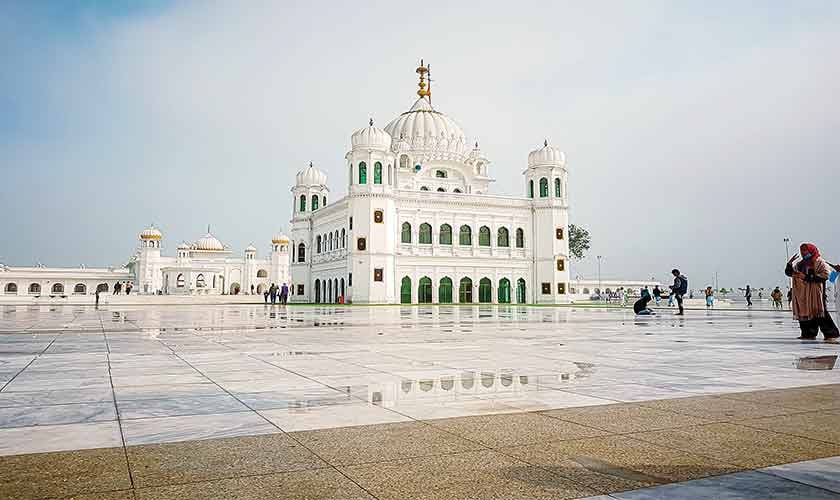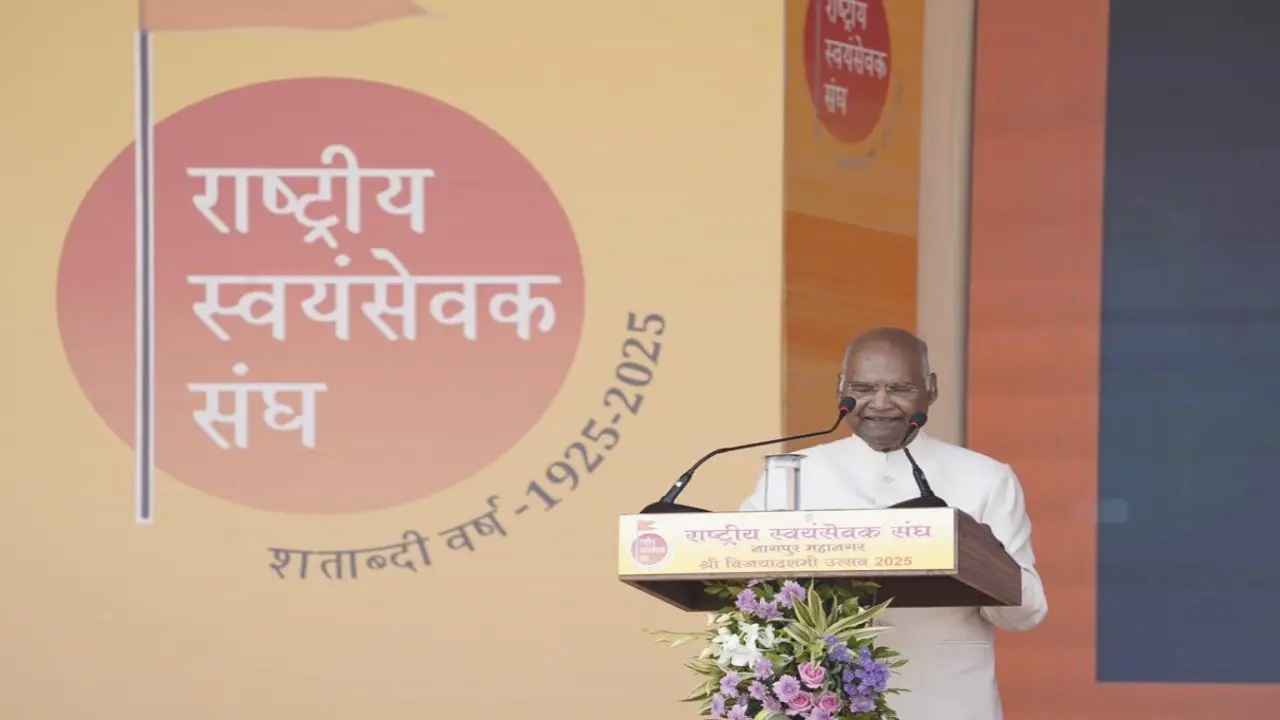Every September, Sikhs across the world come together to remember the passing of Guru Nanak, the founder of Sikhism. Born in 1469, Guru Nanak passed away in 1539, but his ideas remain deeply etched in Punjab’s cultural and spiritual fabric.
In Lahore, a city often celebrated for its Mughal grandeur and colonial legacy, Guru Nanak’s presence might seem less visible. Yet, his teachings continue to echo through the city’s streets, literature, and layered history of coexistence. Commemorating his death anniversary is, in essence, an invitation to confront the plural roots of Punjab’s identity.
### Guru Nanak: The Reformer and Visionary
Born in Nankana Sahib, just a short distance from Lahore, Guru Nanak grew into a reformer whose message of equality transcended caste and creed. He sang of a divine unity that went beyond ritual, caste hierarchies, and sectarian boundaries. One of his most enduring legacies is the institution of **langar**, a communal kitchen where all people, regardless of status, ate together—an embodiment of his egalitarian ethic.
But Guru Nanak was much more than a social reformer. He was a gifted poet whose hymns became the bedrock of the **Guru Granth Sahib**, the central holy scripture of Sikhism. He was also an intrepid traveller, journeying from Bengal to Baghdad, from the Himalayas to Sri Lanka, taking the spirit of Punjab to places few others reached. Above all, he was a teacher of everyday discipline—through *kirtan* (devotional music), *sewa* (selfless service), and an insistence that *kirat karo* (honest labour) was itself a form of worship.
### A Shared Cultural Landscape
This ethos was not confined to Sikh spaces. Across Punjab’s villages and cities, including Lahore, Guru Nanak’s words mingled with Sufi poetry and oral traditions, creating shared vocabularies of justice and inclusion. These ideas later resonated deeply with freedom fighters engaged in anti-colonial movements.
Lahore, in particular, was a hub where such values took root. The **janamsakhis** (narratives of Guru Nanak’s life) were copied and circulated through the city’s literary networks. Shrines and gatherings in and around Lahore welcomed Muslim, Sikh, and Hindu audiences alike, blurring the boundaries of devotion. Poets and chroniclers spoke of Guru Nanak not as a figure of sectarian divide but as an integral part of **Punjabiyat**—a regional culture that resisted narrow definitions of identity.
Centuries later, Lahore’s reformist press and revolutionaries continued to draw on an egalitarian language that echoed Guru Nanak’s insistence on human dignity.
### Memory and Erasure in Lahore
Commemorating Guru Nanak’s death anniversary from Lahore’s vantage point brings into focus the complexities of memory and erasure. The 1947 Partition uprooted Sikh communities from the city, leaving behind traces of loss. Many of Lahore’s gurdwaras were converted into government offices, shrines fell silent, and manuscripts scattered.
Today, much of Lahore’s public memory centers on Mughal architecture and Islamic heritage—often overlooking how Sikhism once shaped the city’s rhythms. To recall Guru Nanak is to reclaim this plural inheritance and acknowledge that Lahore’s story remains incomplete without its Sikh chapter.
### Guru Nanak’s Enduring Relevance
Guru Nanak’s relevance stretches far beyond historical remembrance. In a South Asia fractured by sectarian politics, his teachings offer a powerful reminder that religious and cultural identities are not destined for conflict.
He taught that the divine exists in everyday labour, compassion, and the rejection of hierarchy—ideas that still challenge dominant structures of power. For Muslims in Punjab, Guru Nanak was never a distant other. Historical records show Muslim fakirs attending his gatherings, Punjabi Muslims quoting his verses, and reformers drawing parallels between his critique of ritual and Islamic reformist thought.
These overlaps reveal a history of solidarities that complicate neat religious binaries. During the 19th and 20th centuries, Sikh and Muslim revolutionaries in Punjab found common ground in resisting colonial rule, their language of justice and equality echoing Guru Nanak’s vision.
### Looking Forward: Commemorating Guru Nanak in 2025
What would it mean for Punjab, and particularly Lahore, to truly commemorate Guru Nanak today? Beyond ritual observance, it would require embracing the city’s complex, intertwined historical legacies.
To tell Lahore’s story solely through the lens of Mughal domes and colonial gardens is to flatten its rich heritage. Bringing Guru Nanak back into the conversation restores balance and recalls a Punjab where the sacred and the civic coexisted—a place where a Muslim could recite Guru Nanak’s verses and a Sikh could revere a Sufi’s shrine.
In times marked by contested identities and polarisation—whether in school curricula, public monuments, or political debates—Guru Nanak’s anniversary offers a moment of pause. It invites us to remember a time when Lahore was porous and solidarities were possible, a time when the divine was imagined as accessible to all.
His egalitarian ethos remains both a historical reality and a future aspiration. Punjab’s heritage cannot be narrowed to sectarian memory; it lives in Guru Nanak’s enduring insistence that truth lies in humility and shared humanity.
As he taught:
> *Awal Allah Noor Upaya, Qudrat Kay Sab Banday.*
> *Ek Noor Tay Sab Jag Upjeya, Kaun Bhalay Ko Manday.*
> (First, God created the Light; from this Light, all beings were born.
> From the same Light came the entire universe, so who is good, and who is bad?)
To remember Guru Nanak is to remember that our histories and futures are illuminated by the same light.
https://www.thenews.com.pk/tns/detail/1345126-guru-nanak-and-punjabs-shared-past



